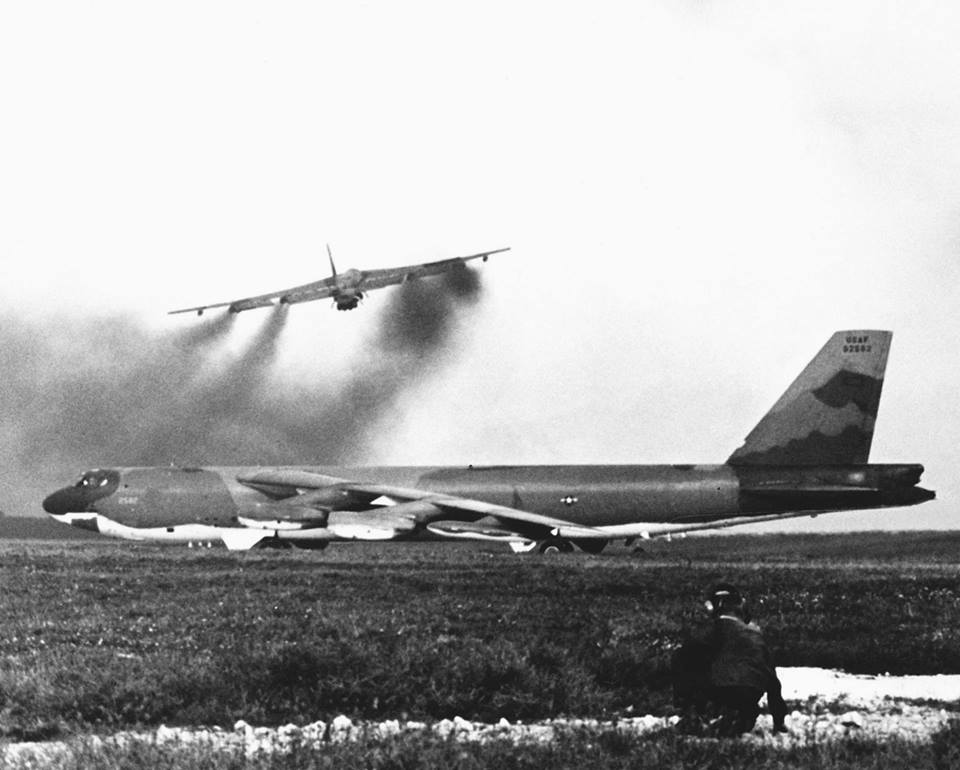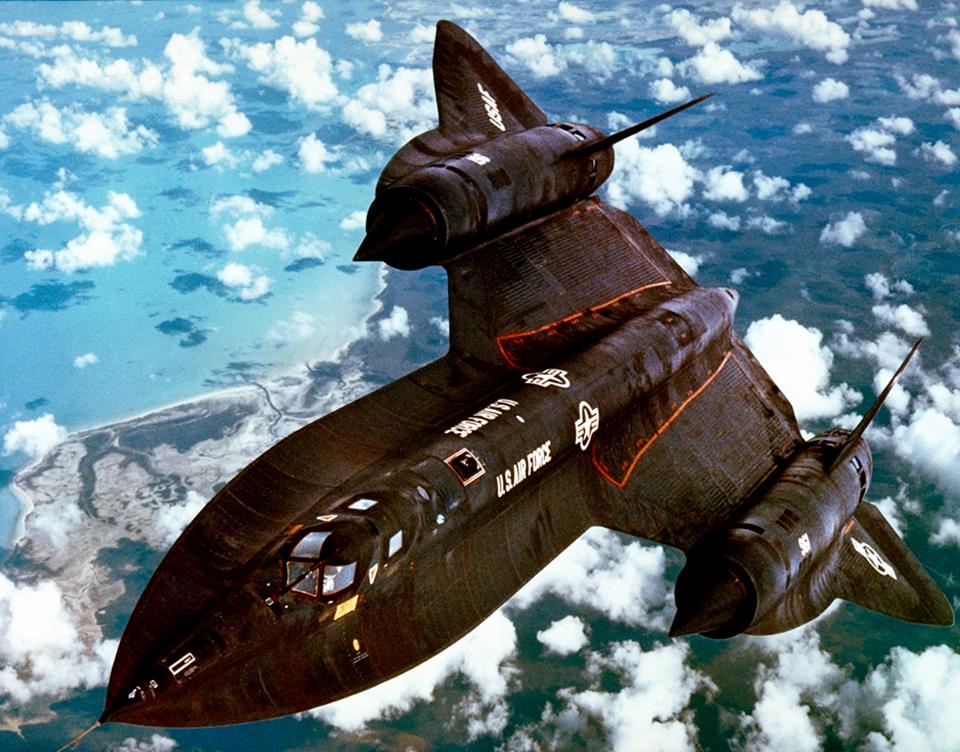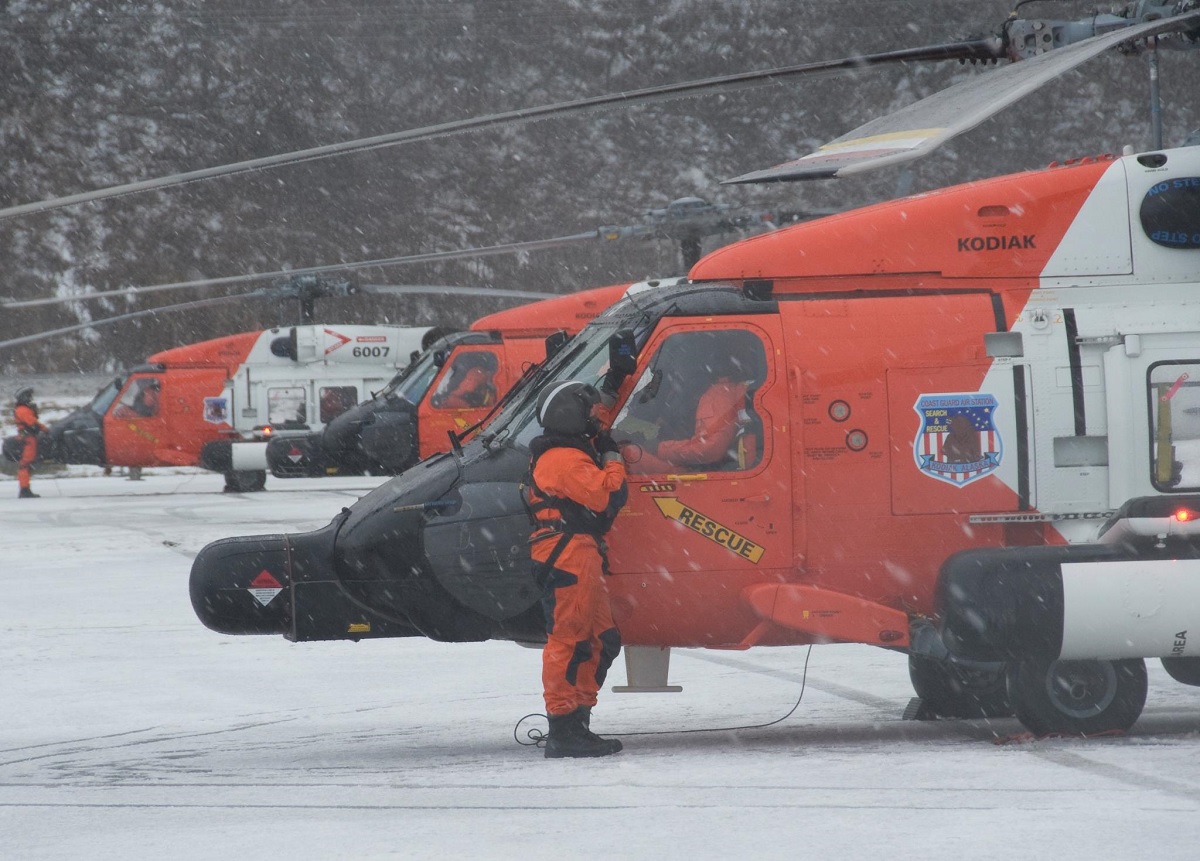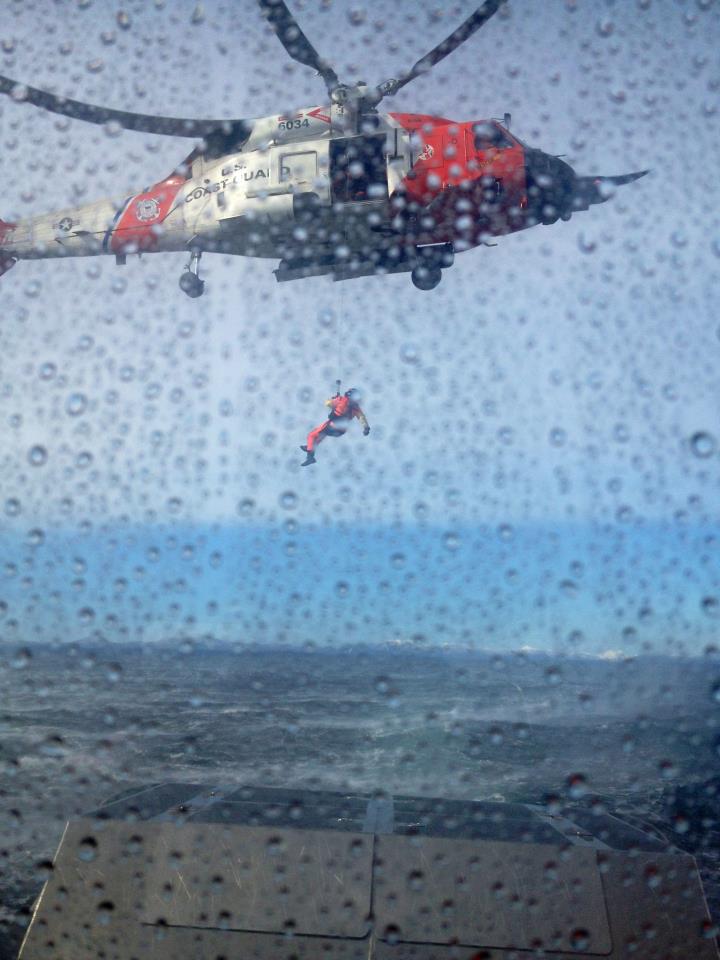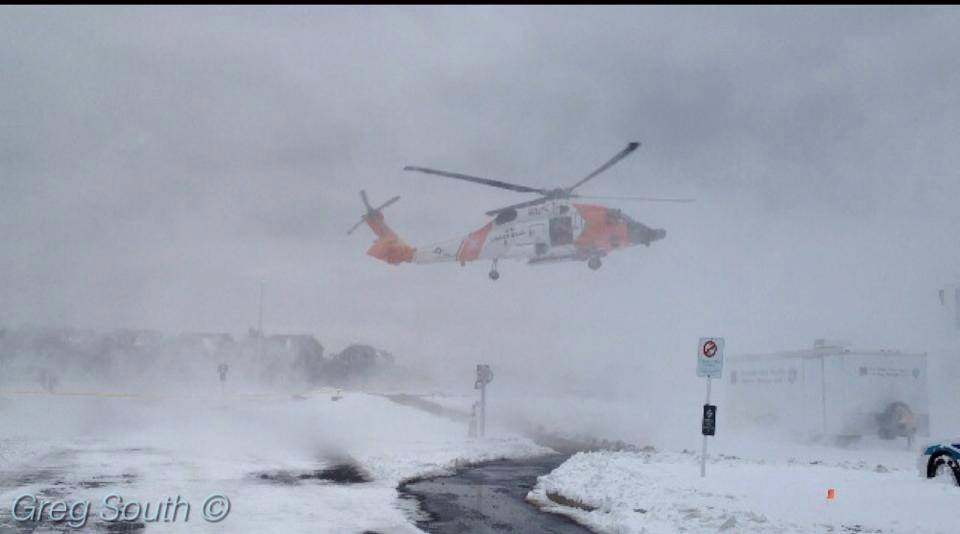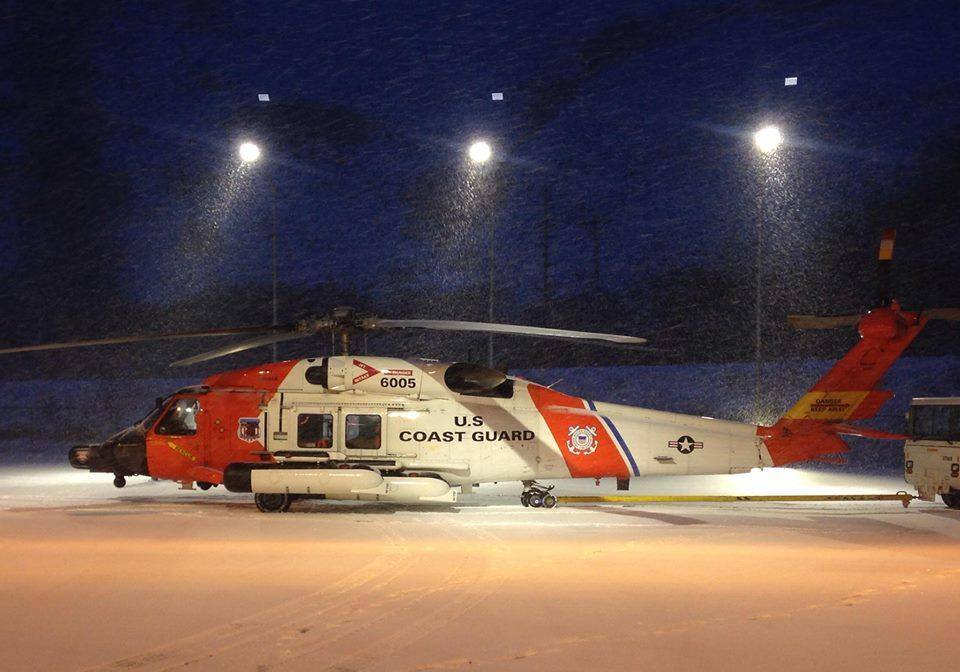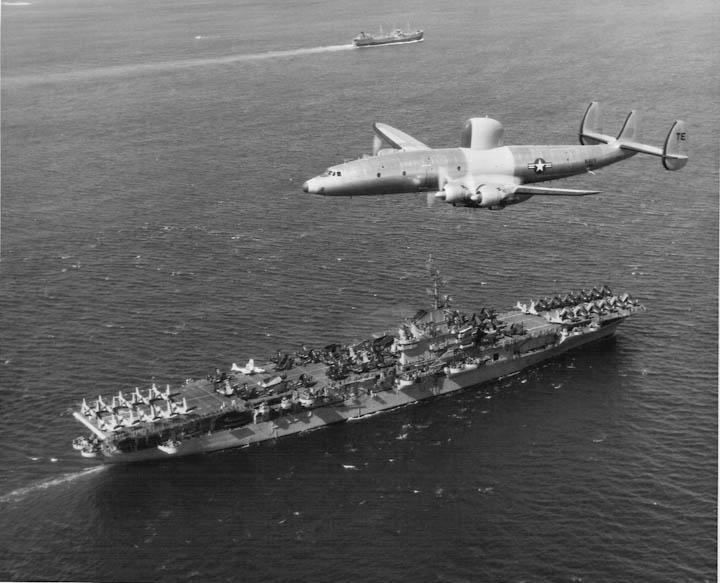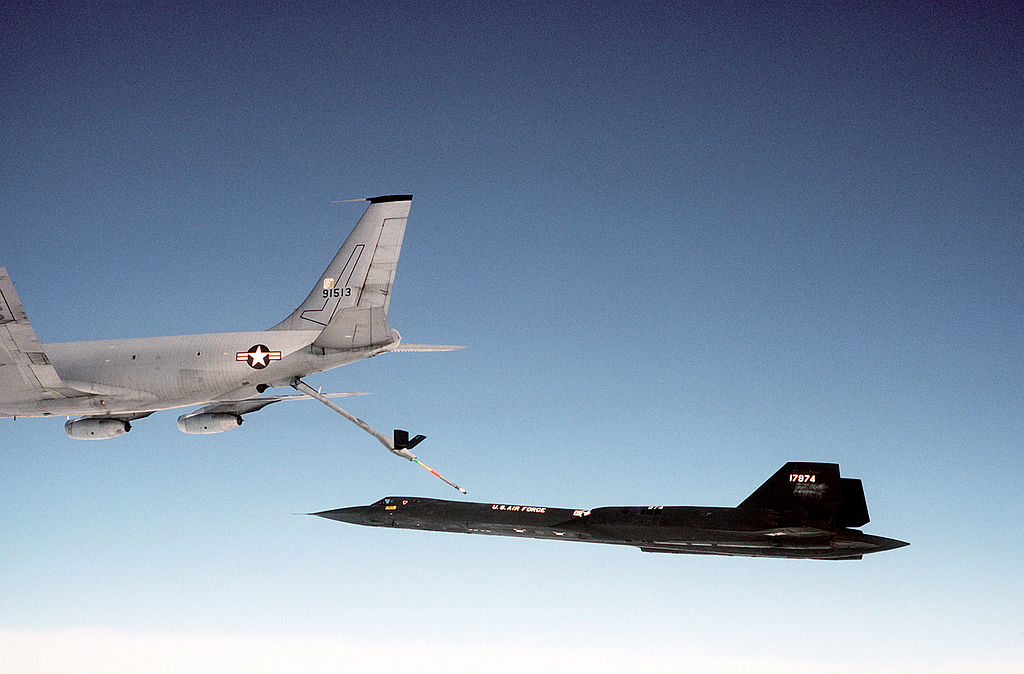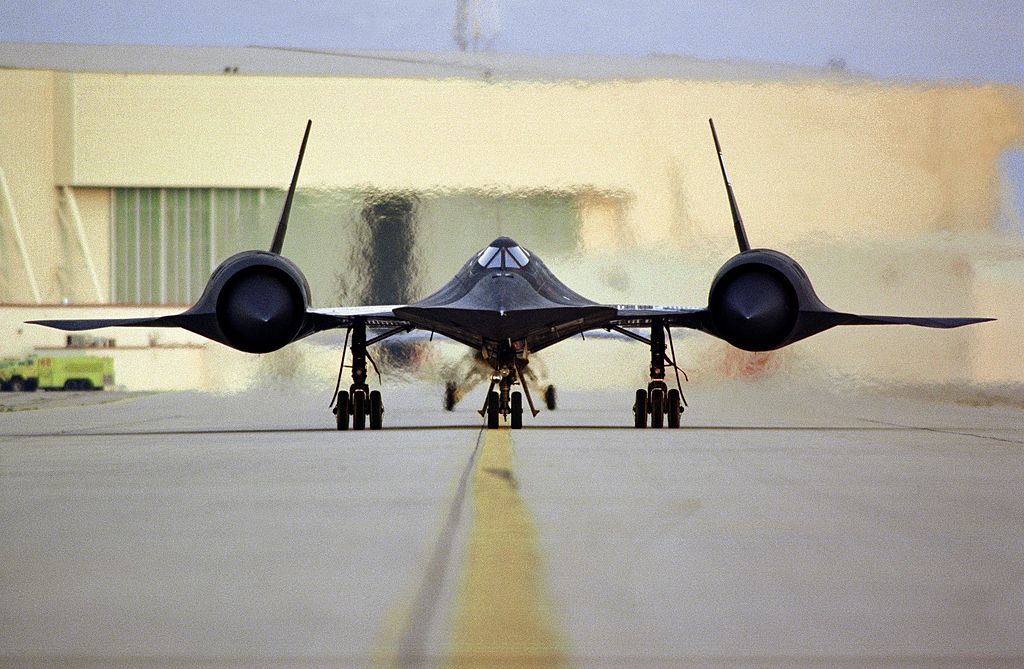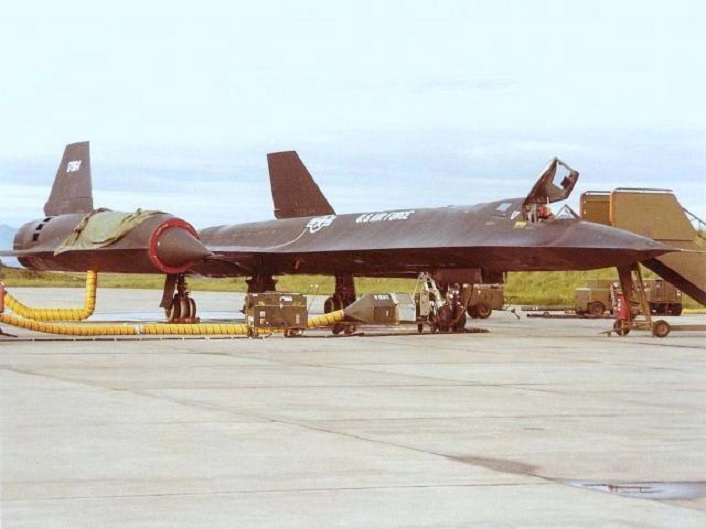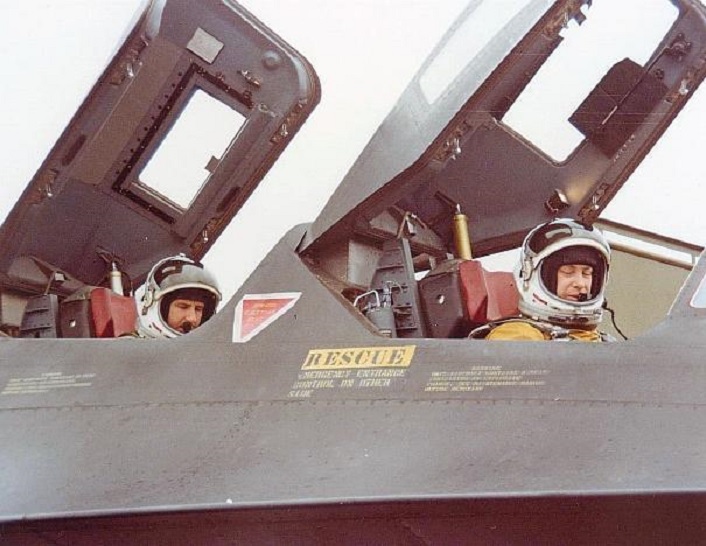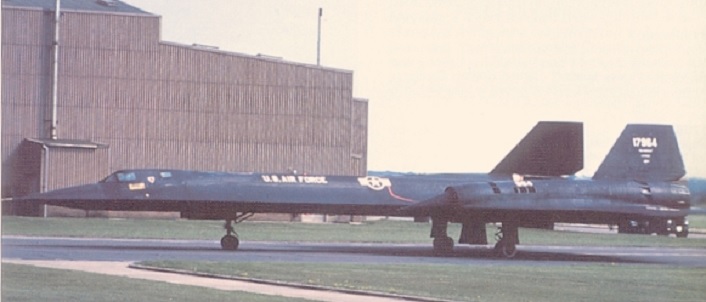The MV-22 impacted shallow reefs, so it wasn’t really on land, but it also wasn’t in the ocean. It was a unique environment.
As reported by major media outlets on Dec. 13, 2016, an MV-22 Osprey tilt-rotor aircraft with Marine Aircraft Group 36, 1st Marine Aircraft Wing crash-landed in shallow water 0.6 miles (1 km) off the coast of Nago in northern Okinawa.
Upon hearing the notification, Airmen belonging to the 33rd and 31st Rescue Squadron (RQS) from Kadena Air Base rush to their stations ready to save lives, as explained by Senior Airman Lynette M. Rolen, 18th Wing Public Affairs, in the article Midnight Emergency.
The five crew members of the MV-22 Osprey were all safely rescued from the relentless Pacific Ocean.
“My crew and I had just finished flying on a training mission,” said Maj. Anibal Aguirre, 33rd RQS weapons and tactics officer. “We had been sent home when we were notified through our maintenance personnel that an incident happened. The maintenance crews were ready to go so we did a recall of our crews and coordinated with different authorities and units.”
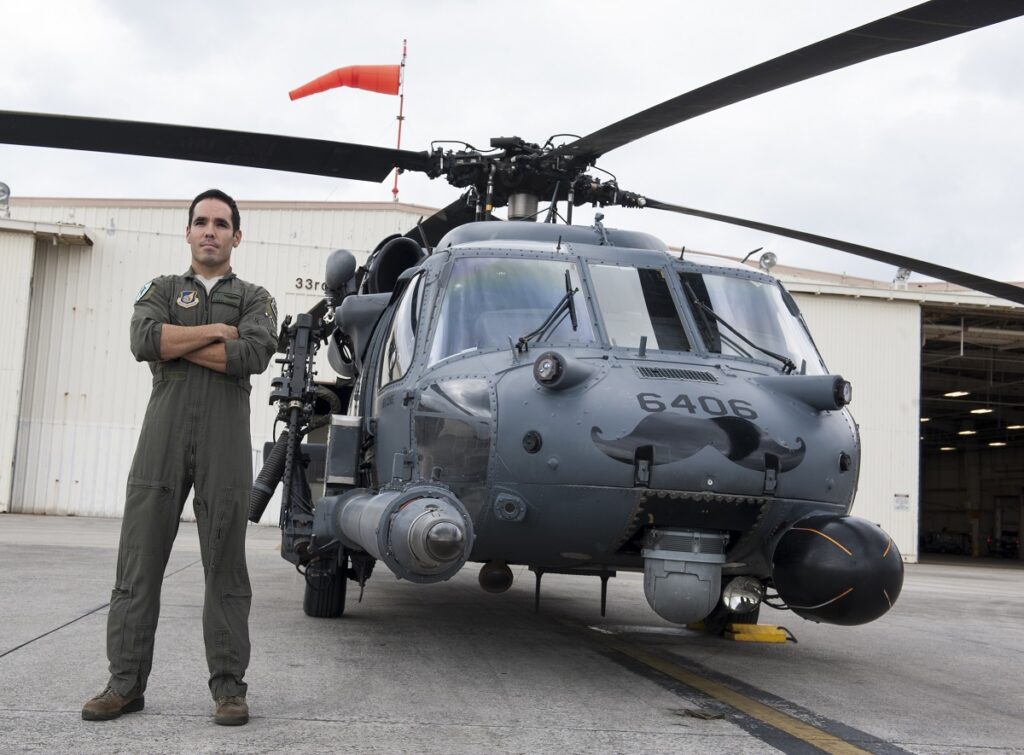
Within an hour of the recall notification, 33rd and 31st RQS members were in the air searching for the crew in the pitch-black of night, above the endless ocean. The squadrons worked with the 353rd Special Operations Group, Japan Air Self-Defense Force, and Japan Coast Guard throughout the rescue.
Upon finding the aircraft’s crew, the rescue squadron members realized the Osprey landed on a shallow reef, which presented rescuers with a unique situation.
“Every situation is going to be different,” said Staff Sgt. Sterling Brisbin, 31st RQS pararescueman. “In this case, it was unique since the MV-22 impacted a shallow reef, so it wasn’t really on land, but it also wasn’t in the ocean. It was a unique environment where we were hoisting down into the water that might only be one or two feet deep, and there were boulders all over the place. We had to move through the terrain and bring the helicopters in and execute the hoist safely… while at night.”
Brisbin further commented that some of the aircrews managed to get themselves out of the wreck, but they were either on top of the aircraft or rocks surrounding it.
“It felt amazing to help them,” said Brisbin. “Those guys were in a rough spot and were super tough, but some of them were pretty badly hurt, they were out on the reef in the cold of night. So to be able to be the pararescueman who gets them safely into the helicopter and taken care of felt great.”
All five members of the crew were transferred to Camp Foster Naval Hospital for medical treatment. Two of the crew members were injured and are now in stable condition, but the other three were released from the hospital.

Image by U.S. Air Force



